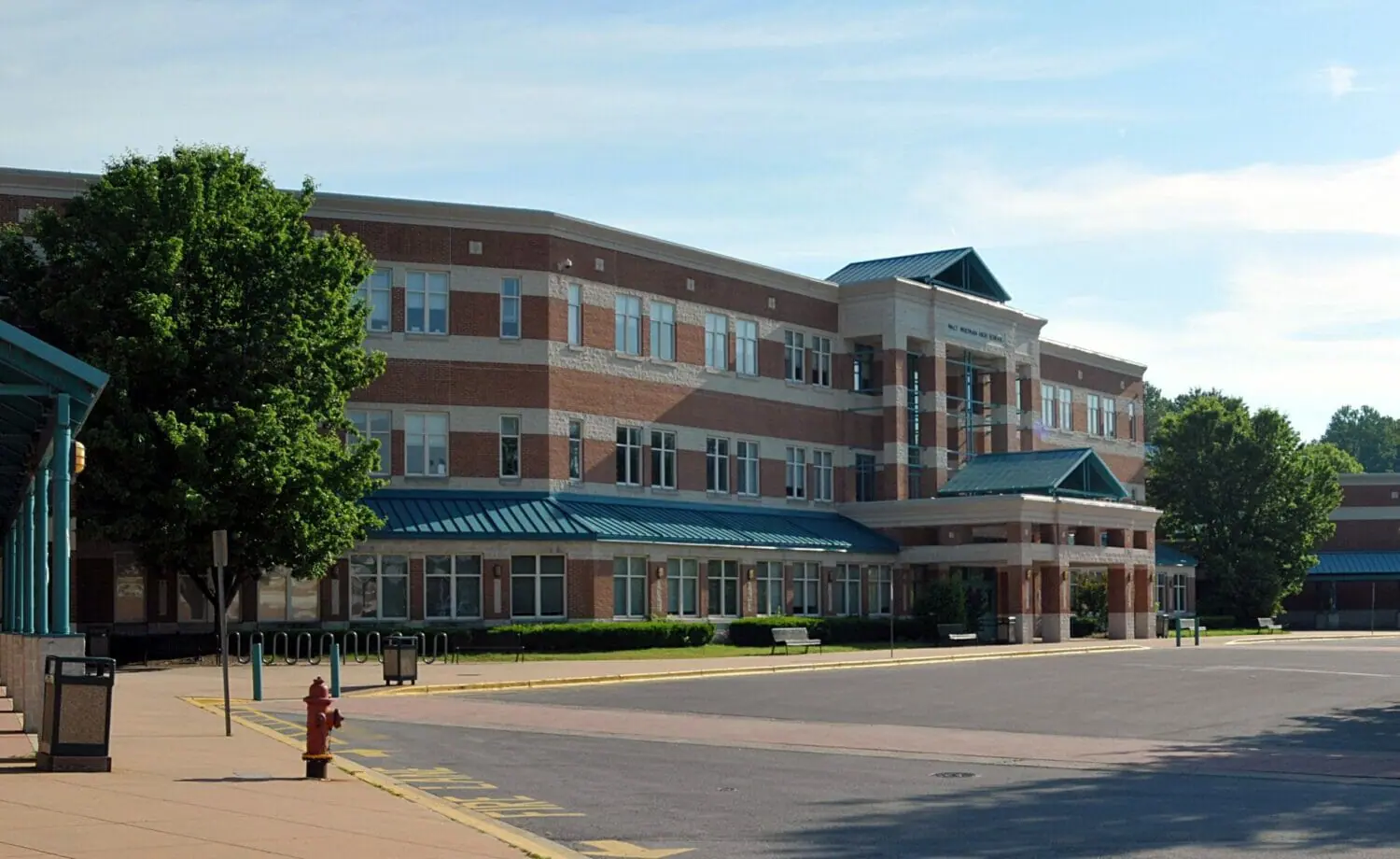Editor’s note: Vanessa Till’s name has been updated to reflect her name and pronouns.
Like Dalhousie University, the high school I attended in the U.S. state of Maryland struggles with many forms of discrimination.
“Our school is known as the racist one,” I remember my friend Olivia Gravatt once said. (Like myself, Gravatt is a Walt Whitman High School graduate.) We were in a Zoom call for the Black Kid Speaks Empowerment Protest.
The Empowerment protest and movement of the same name were created by Whitman graduate Vanessa Till after former student Jake Hoffman committed a hate crime. Hoffman was charged with conspiracy to commit destruction of property when he and two other youths graffitied a noose and slur onto the school’s property. Myself and other Whitman grads were outraged.
Hate at school
Growing up with mild right-sided hemiparesis, essentially weakness on one side of my body, I faced some ableist discrimination, but never at Whitman. It took a long time for me to notice other forms of discrimination at my school and I continue to learn about how it affects others daily.
Whitman, which is in my hometown of Bethesda, Md., is ranked by U.S. News & World Report as second best high school in the state of Maryland. How could discrimination happen there? But it does happen at Whitman and at so many educational institutions in the United States and Canada.

Hoffman’s crime was not the only event that led to the creation of the Empowerment movement. It was just the tipping point for so many Black students at Whitman. In 2019, two of the school’s students posted a photo of themselves in blackface and used racial slurs on social media.
In the face of these recent events, Till took action.
“I started the [Empowerment] movement after the news report came out about the graffiti incident at Whitman with Hoffman, how I felt proper charges weren’t filed and that people needed to speak up about it,” Till said.
In just one month, Till and her team organized a protest at Whitman, mainly through her Instagram @nessadidthis. She had multiple people speak about their experiences of discrimination at the school, such as graduate Claude Noutak, president of the Empowerment movement. It was time to empower Whitman’s Black students.
Discrimination across borders
Maryland and Nova Scotia are historically connected. During the War of 1812, more than 1,000 Black refugees escaped the Chesapeake Bay region, an hour from Bethesda, to move to Nova Scotia.
Halifax and Bethesda also share similar histories of the erasure of Black communities, such as the demolition of Africville in Halifax and the current destruction of Moses Cemetery (a historic cemetery of freed African-American slaves) in Bethesda.
Like Whitman, Dalhousie University has had instances of racist graffiti on campus. In February 2018, anti-Black graffiti was written in a stairwell of the Student Union Building (SUB). But unlike with Whitman, it was unclear who committed the crime.
Moreover, while looking at the Instagram page @discriminationatdal (an account where Dal students anonymously share their experiences with discrimination), I realized my classmates from both Dal and Whitman have reported similar discriminatory events.
“Fighting discrimination is long and hard, but necessary.”
Samantha Horne, the founder of Dalhousie Disability Advocacy Society, has faced discrimination throughout her university career. She has peripheral neuropathy and severe bilateral vestibular hypofunction. She has experienced ableism on campus, such as lack of railings and sidewalks not shovelled properly when it snows, which cause her to miss classes.
“Transitioning to university from high school was a very big adjustment for me. It wasn’t until I attended Dalhousie did I start to realize how challenging the world can truly be for a person with a disability,” she said.
Acknowledging the past and present
Dalhousie administration has started to confront its discriminatory past. In 2018, the Lord Dalhousie Scholarly Panel on Slavery and Race released a report examining the university’s history with racism and slavery. The founder of Dal, George Ramsay, actively tried to marginalize Black refugees in Nova Scotia through racist policies after they arrived from my state.
In 2020, after the Dalhousie Senate Student Caucus expressed concerns the university wasn’t doing enough to uphold the panel’s findings, the Senate created the New Deal: a plan to further address discrimination on campus and in the wider community.
Furthermore, the Dal Student Union (DSU) Equity and Accessibility Office is distributing educational resources about Black Lives Matter and how to combat racism on social media. The office is also providing financial assistance to those affected by COVID-19 and has donated $2,000 to local BLM organizations.
“[We] will continue to work with community representatives, community members, DSU executives and staff to continue the work that we have started because we have a long way to go,” said office coordinator Selam Abdella.
Working for a better future
Lauren Spinelli, who has ADHD and is a University of King’s College student, remarked she has been subject to ableism at both Dal and King’s. She said she’s also noticed sex-based discrimination, classism and antisemitism at King’s.
“I hope that students start putting up a fuss [about discrimination] and wonder how can this happen at King’s, and I hope that makes people in power change,” she said.
When asked what university students can do to help stop discrimination, especially racism like what she saw at Whitman, Noutak said to just “be an ally.”
“[Students] can participate in upcoming protests and show their support,” she said. “People have to listen and take what we’re saying seriously and not just show up.”
Fighting discrimination is long and hard, but necessary.
“Keep supporting [us]. The fight is still happening,” Till said about the BLM movement. “We’re still marching. We’re still screaming and we still need your support, especially worldwide.”


Recent Comments